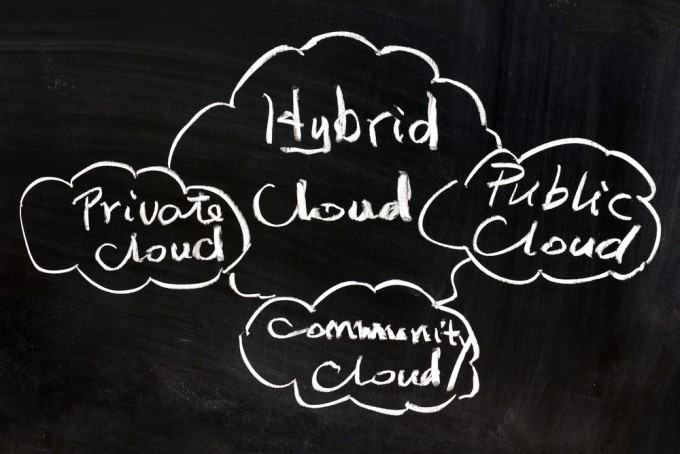Running a cloud server is no longer the novel trend it once was. Now, the cloud is a necessary data tier that allows employees to access vital company data and maintain productivity from anywhere in the world.
But it isn’t a perfect system — security and performance issues can quickly darken your cloud. And as far as performance is concerned, it’s simply not ideal to be hosting large files such as computer-aided design (CAD) drawings, videos, hi-def audio, and high-res images in the cloud for multiple users.

Fortunately this cloud has a silver lining: a hybrid infrastructure that allows you to store small, non-sensitive files in the cloud and larger, more complex files on premises – with seamless access to both. According to Gartner, utilizing hybrid systems is on the rise. By 2017, about half of all large enterprises are expected to use hybrid cloud systems.
But the road to migration isn’t without its own set of bumps. To avoid some of the most common pitfalls of hybrid cloud migration, keep these three fundamentals in mind:
The top concern for IT when moving to a new solution is migrating data. You don’t want to squelch productivity during the transfer process, but making all the important files immediately available can be a steep challenge, especially if you don’t have a plan.
Bandwidth constraints when connecting to the Internet can slow file sharing down to a crawl, and large enterprises face the task of migrating and syncing hundreds of terabytes of data to the cloud, which can bog down servers. The beauty of hybrid allows you to prioritize the data and only move the most essential files now and take a staged approach for data migration. It’s important for IT to work with cloud providers on a strategy for prioritizing data migrations. This will ensure all vital files are available when needed, and an accelerator can help speed up the process
It’s important to plan for the future while also utilizing existing infrastructure. While a new company can simply add a cloud server, existing companies already have thousands — if not millions — of dollars invested in On-Premises servers, network-attached storage (NAS) devices, and other equipment in their on-site network infrastructure. Ignoring this equipment just to focus on cloud computing is a poor financial and technical decision.
Having a hybrid solution also assists with other cost savings, such as bandwidth costs, by helping get the files in the right place when users need to access them to optimize these resources. Instead of accessing that large video file from the cloud, it will be accessible from the storage device closest to the user. Changes will only be synced back to the cloud when bandwidth is optimal.
An ideal hybrid cloud solution isn’t a replacement for existing IT infrastructure. Rather, it’s an adaptable platform that integrates cloud storage with the existing on-prem environment most enterprises have invested in and evolved over the years.
Cloud storage is also meant to be scalable — serving both current and future business needs. Cloud providers should be working with customers on a road map to avoid any disruptions in service caused by company growth. A business may only have 100 employees now, but by next year, it could grow to 500, and a properly executed hybrid solution is able to scale with the company.
It’s easy to make the initial investment in a cloud solution, but in order to get your money’s worth, you must ensure user adoption. Educating users on how to securely access the hybrid solution and explaining the wonderful productivity benefits will help you get a good ROI. It’s also important that users understand the security issues around not using a secure, enterprise-grade solution.
On-site network infrastructures represent the stability of the past, and cloud computing represents the adaptability of the present. In the future, companies utilizing hybrid solutions that seamlessly integrate both into one secure solution are best equipped for success and growth. While the cloud can provide quick access to company data from anywhere in the world, performance and security of existing equipment make a hybrid solution the clear winner.
By Vineet Jain





